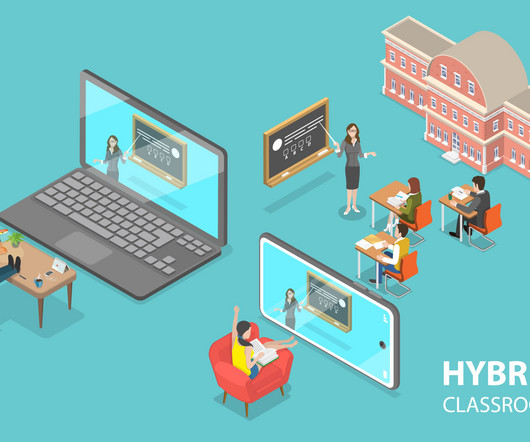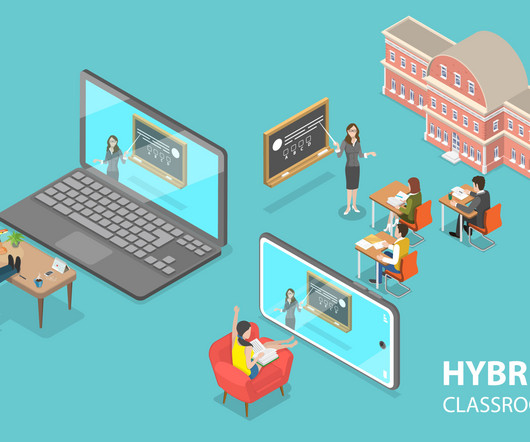Function Follows Form: How Two Colleges Redesigned the Classroom for Active Learning
Edsurge
JANUARY 5, 2019
Although a wealth of research suggests that active learning increases student engagement and improves academic outcomes, many college campuses struggle to get faculty to shift away from traditional, sage-on-a-stage style teaching practices. And that dialogue helps inform the work of IU’s learning spaces team.





















Let's personalize your content